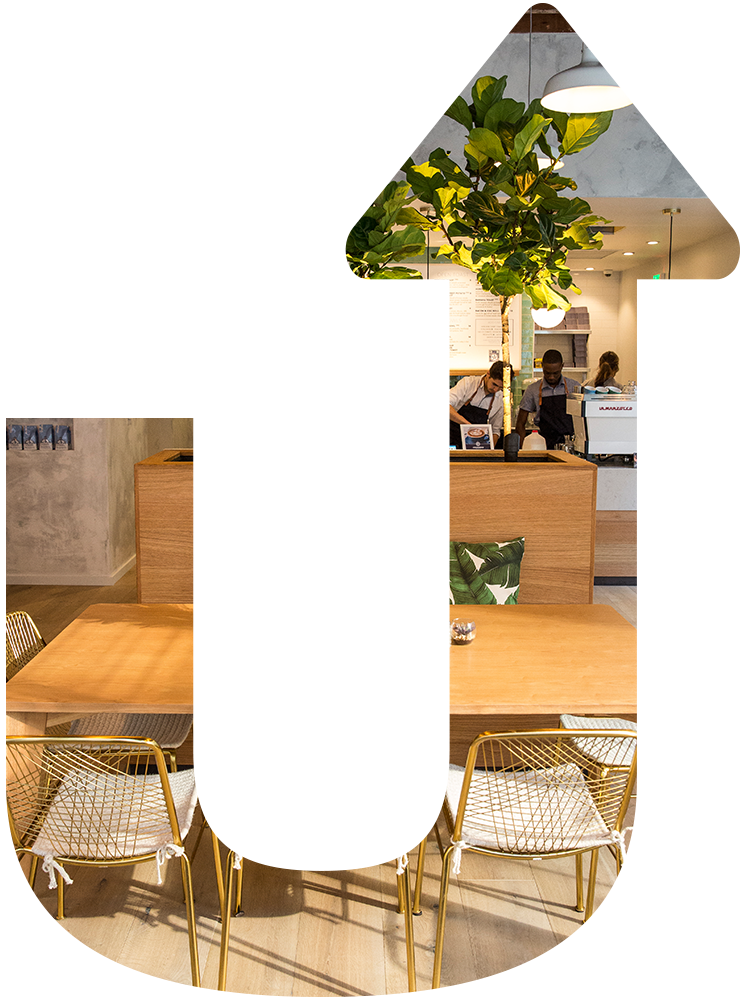Formerly Known as “Green Building”
“Eco-smarts are becoming a simple fact of building, more common-sense pragmatism than tree-hugging dogmatism… Any home, existing or new, can be made more resource-efficient – it’s relative, not absolute.” – Albert, Amy. “Green Homes, In Every Color.” Builder July 2, 2012.
In the last decade or so, we have seen a mainstream trend emerge that focuses on building in a way that decreases our impact on the earth. As with any sort of progressive movement, there have been some successful innovations (standardization of sustainable lumber harvesting standards, mandatory landfill diversion legislation, cost efficient SIPs, etc.) and many, many unsuccessful ones (bamboo flooring with extremely high embodied energy, buildings that don’t breathe, resulting in mold growth and other health risk-inducing outcomes, etc.). Many “green building” innovations that have been adopted en masse have not withstood the test of time; they have proven to be ineffective long-term solutions for decreasing our impact on the finite resources of the earth. In fact, many of these products, like inexpensive bamboo flooring, are not “green” products at all, though they are marketed as such.
At UpCycle Builders, Inc., we focus on what we call Responsible Building practices, which do not rely on the newest trend; rather, they are a result of common-sense, incremental, on-site steps we can easily take without affecting project scope, design, or budget. “Green” or “responsible” building does not only refer to high-impact projects like installing photovoltaic panels or greywater systems. It also refers to the day-to-day things we can do on the job site that will decrease our overall impact on the earth, much like the day-to-day things we do at home for the same purpose: minimizing waste by separating trash, minimizing and reusing packaging materials, and being mindful of the products we use, including their chemical compositions and methods of manufacture.

